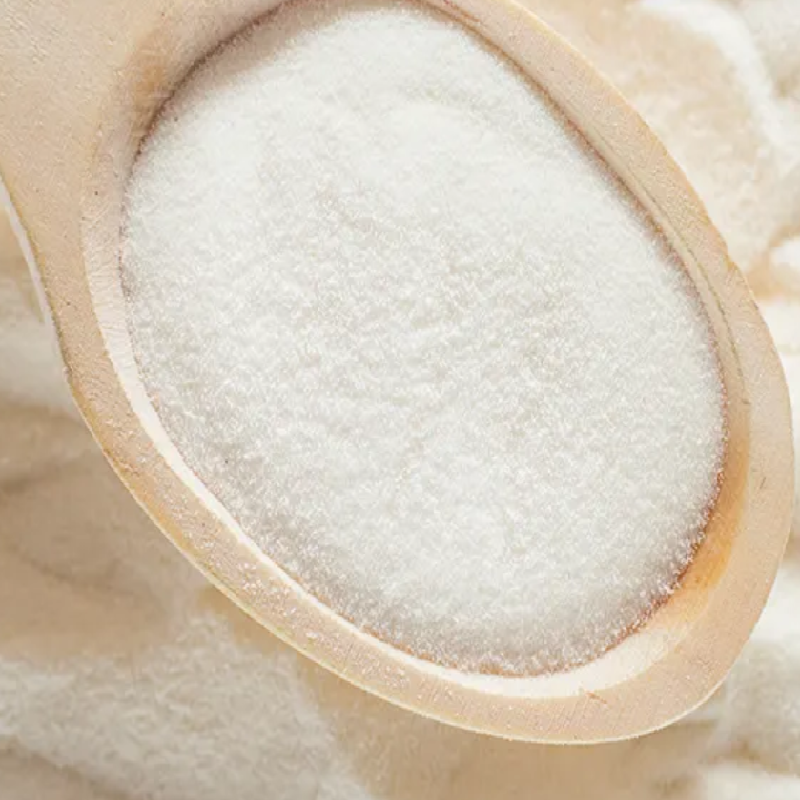-
Categories
-
Pharmaceutical Intermediates
-
Active Pharmaceutical Ingredients
-
Food Additives
- Industrial Coatings
- Agrochemicals
- Dyes and Pigments
- Surfactant
- Flavors and Fragrances
- Chemical Reagents
- Catalyst and Auxiliary
- Natural Products
- Inorganic Chemistry
-
Organic Chemistry
-
Biochemical Engineering
- Analytical Chemistry
- Cosmetic Ingredient
-
Pharmaceutical Intermediates
Promotion
ECHEMI Mall
Wholesale
Weekly Price
Exhibition
News
-
Trade Service
| Scientists reveal for the first time the domestication mechanism of ramie |
Zhongsi Ramie No.
Zhongsi Ramie No.
The fiber stripped from a stem, the left is Zhongsi Ramie No.
Genomic characteristics of ramie image courtesy ofLiu Touming
Genomic characteristics of ramieimage courtesy of Liu Touming Genomic characteristics of ramieRecently, the Bast Fiber Research Institute of the Chinese Academy of Agricultural Sciences and related units carried out genome comparison and population evolution analysis of wild and cultivated ramie, and for the first time systematically revealed the evolution characteristics of the genome during domestication of ramie, and discovered the domestication selection imprints of multiple fiber growth-related genes.
Ramie is a unique fiber crop in China, which has been planted in my country for thousands of years.
Taxonomy, genetics and other studies have shown that cultivated ramie is domesticated from wild ramie (Boehmeria nivea var.
The researchers sequenced and assembled the genomes of the wild species "Qingye Ramie" and the cultivated species "Zhongshi Ramie No.
The researchers further re-sequenced 14 wild ramie germplasm and 46 cultivars, and constructed a genome variation map of ramie.
This research was funded by the National Natural Science Foundation of China, the Agricultural Science and Technology Innovation Project of the Chinese Academy of Agricultural Sciences and the Modern Agricultural Industrial Technology System Project.
Original link: https://doi.







